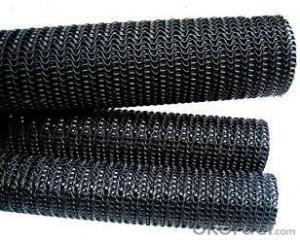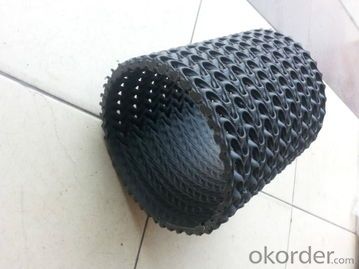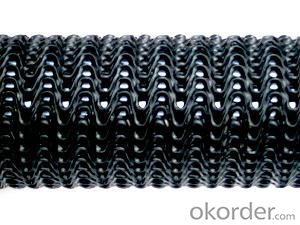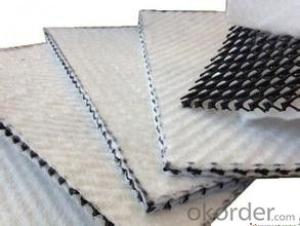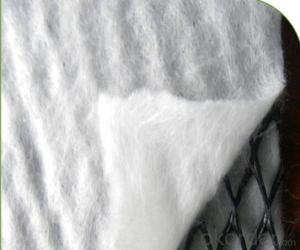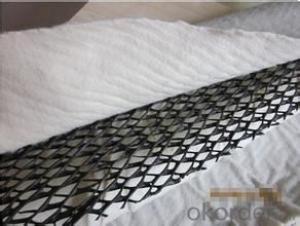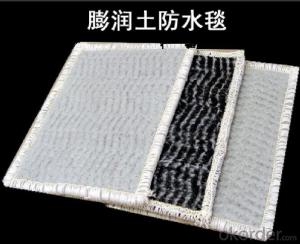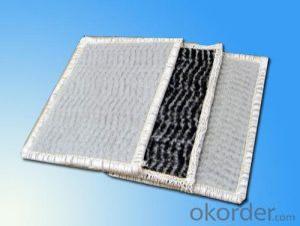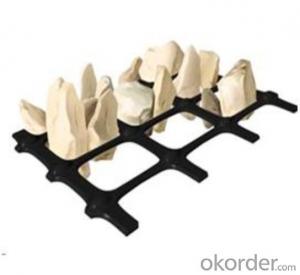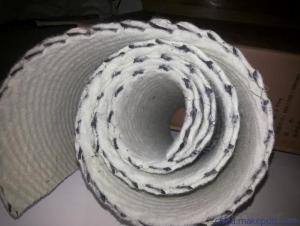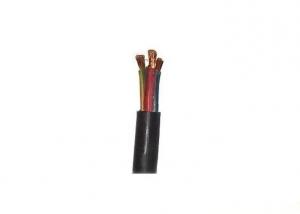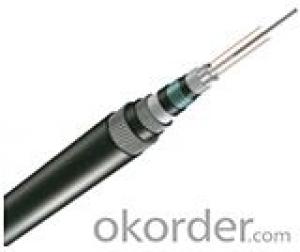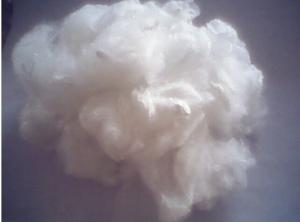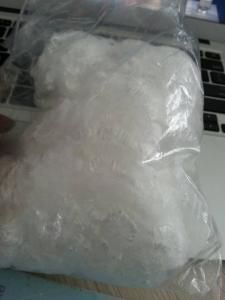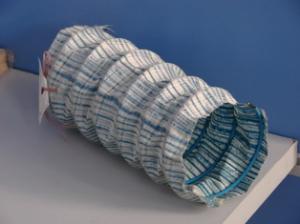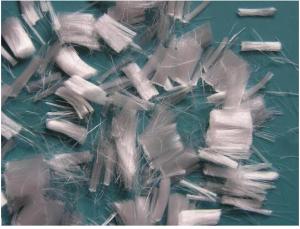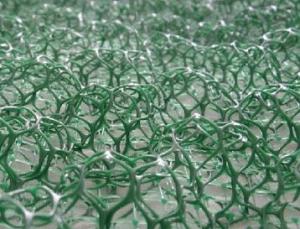M. In Network Hard Permeable Tube
- Loading Port:
- Qingdao
- Payment Terms:
- TT OR LC
- Min Order Qty:
- 2000 m
- Supply Capability:
- 1000000 m/month
OKorder Service Pledge
OKorder Financial Service
You Might Also Like
1 m. net form permeable tube
(also known as: plastic blind ditch, drain pipe, hard water pipe), hard water tube two-thirds the upper part with holes, the lower part 1/3 is without hole, can prevent the leakage of groundwater occurs secondary, quickly put the groundwater drainage.
Products applied to the construction of railway construction, highway, airport runway, golf, football field, big lawn, garden greening, highway, landfill, slope protection, retaining walls, tunnels and other large channel underground waterproof engineering.
2 product features
Light weight, easy to transport and operation. To adapt to the temperature range. Hou resistance (anti-aging) is superior, the service life is very long. Strong impact resistance, excellent chemical corrosion resistance. Strong ability of water, 5 to 10 times that of other similar products. [1] fluid flow rate, wide concrete or steel corrugated pipe of the same diameter is 2 to 3 times. Will water discharged rapidly, to avoid soil erosion. For no hole at the bottom of the part, water flowing rapidly, prevent secondary leakage
Three technical parameters
Catchment parts: 65% ~ 75% drainage parts: 25% ~ 35% main aperture: > 3 mm hole area: Lord > opening rate was 7.5: > 8000 / m2 (a) ring stiffness: > 1.0 Kpa.
- Q: Are earthwork products suitable for building retaining ponds?
- Yes, earthwork products are suitable for building retaining ponds. Earthwork products such as soil, clay, gravel, and rocks are commonly used to construct retaining ponds. These materials are effective in creating the necessary structural integrity and water containment required for retaining ponds.
- Q: How do earthwork products contribute to LEED certification?
- Earthwork products, such as recycled aggregates, topsoil, and mulch, can contribute to LEED (Leadership in Energy and Environmental Design) certification in several ways. Firstly, using these products in construction projects reduces the demand for virgin materials, promoting resource conservation and minimizing environmental impact. Additionally, earthwork products can help improve the energy efficiency of buildings by providing better insulation and reducing the need for heating or cooling. Moreover, using recycled or locally sourced earthwork products can contribute to regional priority credits, which are specific to the project's location and encourage sustainable practices. Overall, incorporating earthwork products in construction projects aligns with the LEED principles of sustainability, resource efficiency, and environmental stewardship, making them an important factor in achieving LEED certification.
- Q: What are the specific applications of geogrid-reinforced walls in bridge abutment construction?
- The specific applications of geogrid-reinforced walls in bridge abutment construction include providing stability and support to the abutment, preventing soil erosion, reducing lateral pressure on the abutment, and increasing the overall load-bearing capacity of the structure. Geogrids are used to reinforce the soil behind the retaining wall, improving its strength and preventing movement or failure. This technology is particularly beneficial in areas with challenging soil conditions, steep slopes, or limited space, where traditional retaining wall systems may not be feasible.
- Q: How are geocells used for slope stabilization?
- Geocells are used for slope stabilization by providing a reinforced structure that helps to prevent erosion and soil movement. They are installed on slopes and filled with soil or aggregate material, creating a stable platform that reinforces the slope's integrity. The interconnected cells within the geocell system distribute the weight evenly and increase the slope's resistance to landslides, thereby enhancing its stability.
- Q: How do geopipes help in stormwater management?
- Geopipes help in stormwater management by efficiently collecting and conveying stormwater runoff to designated areas, preventing flooding and water damage. They are designed to effectively drain and channel stormwater away from roads, parking lots, and other surfaces, reducing the risk of erosion and water accumulation. Geopipes also assist in controlling water quality by filtering out pollutants and sediments, ensuring cleaner water is discharged into the environment.
- Q: Are earthwork products suitable for use in coastal erosion control?
- Yes, earthwork products can be suitable for use in coastal erosion control. These products, such as geotextiles, geogrids, and gabion walls, can provide effective erosion control measures by stabilizing slopes, preventing soil erosion, and protecting coastlines from wave action. They are commonly used in coastal engineering projects to mitigate the impacts of erosion and maintain the stability of coastal areas.
- Q: What is the purpose of using earthwork products in construction?
- The purpose of using earthwork products in construction is to shape and manipulate the earth's surface to create a stable foundation, provide drainage, control erosion, and achieve desired grades and slopes. These products, such as soil, gravel, and rocks, are used to build roads, embankments, foundations, and other infrastructure elements, ensuring the structural integrity and longevity of the construction project.
- Q: Are earthwork products suitable for road construction?
- Yes, earthwork products such as soil, gravel, and rocks are commonly used in road construction. These materials are suitable for building and stabilizing road surfaces, creating embankments, and constructing drainage systems.
- Q: The Relationship between Water Absorption and Water Content in Civil Engineering Materials
- Application of water absorption in the water to absorb moisture in the air that the method to absorb moisture to the mass ratio or volume ratio of moisture absorption ratio
- Q: How do geocells help in load distribution for underground utilities?
- Geocells help in load distribution for underground utilities by providing a stable and reinforced structure that distributes the weight of the utilities evenly across the surrounding soil. These cellular confinement systems prevent soil settlement and lateral movements, reducing the risk of damage to the utilities and ensuring long-term performance.
Send your message to us
M. In Network Hard Permeable Tube
- Loading Port:
- Qingdao
- Payment Terms:
- TT OR LC
- Min Order Qty:
- 2000 m
- Supply Capability:
- 1000000 m/month
OKorder Service Pledge
OKorder Financial Service
Similar products
Hot products
Hot Searches
Related keywords
